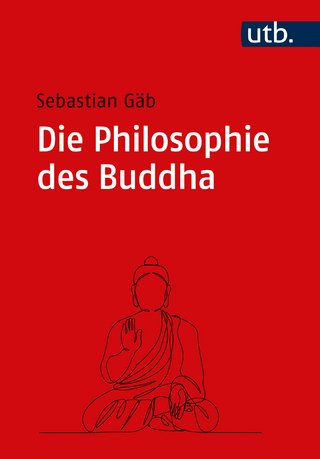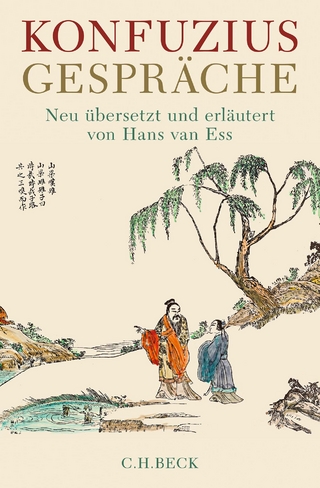
Hara
Inner Traditions Bear and Company (Verlag)
978-1-59477-024-1 (ISBN)
When we speak of an individual’s state,we are actually referring to something that transcends the duality of body and soul, something that reflects the entirety of a person’s being. Because each of us is a unity of body and soul, there is no psychic structure or inner tension that is not reflected outwardly in the form and order of the body. When we find the physical center of the body we also find the psychological center of the soul. According to Zen masters, by correcting posture and breathing to balance this center, one can cultivate inner tranquillity and balance: the state called Hara. In Hara,Karlfried Graf Dürckheim shows the Western world how to overcome the physical and spiritual decay of modern life by adopting the age-old techniques of Japanese Zen masters. By leaving behind the “chest out–belly in” posture and attitude of the West and adopting the belly-centered posture and attitude of Hara, individuals can live a calm, grounded, and more balanced life. Included in this classic text are vital life force practices and translations of the wisdom teachings of three Japanese Zen masters. This book also explores how the practice of Hara emphasizes empirical learning and the cultivation of self-knowledge through the perfection of arts such as painting and archery.
Karlfried Graf Dürckheim (1896-1988) spent eight years in Japan before World War II and was a professor at the University of Kiel until Hitler’s rise to power in 1933. In Japan he discovered Zen Buddhism in its various expressions and subsequently became a Western authority on the subject.
Introduction
Part I--Hara in the Life of the Japanese
1 Hara in the Life of the Japanese
2 Hara in the Life of the Japanese
3 Hara as the Purpose of Practice
4 Hara in the Japanese Language
Part II--Hara in its General Human
Significance
1 Eastern and Western Views of Hara
The General Significance of the Center
of the Body
The European Attitude to the Belly
Natural Hara
The Two Levels
Part III--Man With Hara
1 The Living Form Centered in Hara
2 The Ego and the Vital Center
3 Malformations of the I
4 Hara as Secular Power
5 Hara in Experience: Insight and Practice
6 The Strength, Breadth, and Closeness
Engendered by Hara
7 The Order of Life in the Symbolism
of the Body
Part IV--Hara as Practice
1 The Purpose and Prerequisite of
All Practice
2 The Purpose and Limits of Practice
3 The Prerequisites of all Practice
4 Posture, Breath, Tension--as Starting
Points of Practice
5 The Practice of Right Posture
6 Sitting with Hara
7 Tension-Relaxation
8 The Practice of Breathing
Part V--Retrospect and Outlook
1 Retrospect and Outlook
Appendix--Japanese Texts
1 Okado Torajiro
2 Sato Tsuji-The Teachings of the Human
Body
3 Kaneko Shoseki-Nature and Origins
of Man
Index
| Zusatzinfo | Includes 8-page b&w insert |
|---|---|
| Verlagsort | Rochester |
| Sprache | englisch |
| Maße | 152 x 229 mm |
| Gewicht | 272 g |
| Themenwelt | Geisteswissenschaften ► Philosophie ► Östliche Philosophie |
| Geisteswissenschaften ► Religion / Theologie ► Buddhismus | |
| ISBN-10 | 1-59477-024-7 / 1594770247 |
| ISBN-13 | 978-1-59477-024-1 / 9781594770241 |
| Zustand | Neuware |
| Haben Sie eine Frage zum Produkt? |
aus dem Bereich


